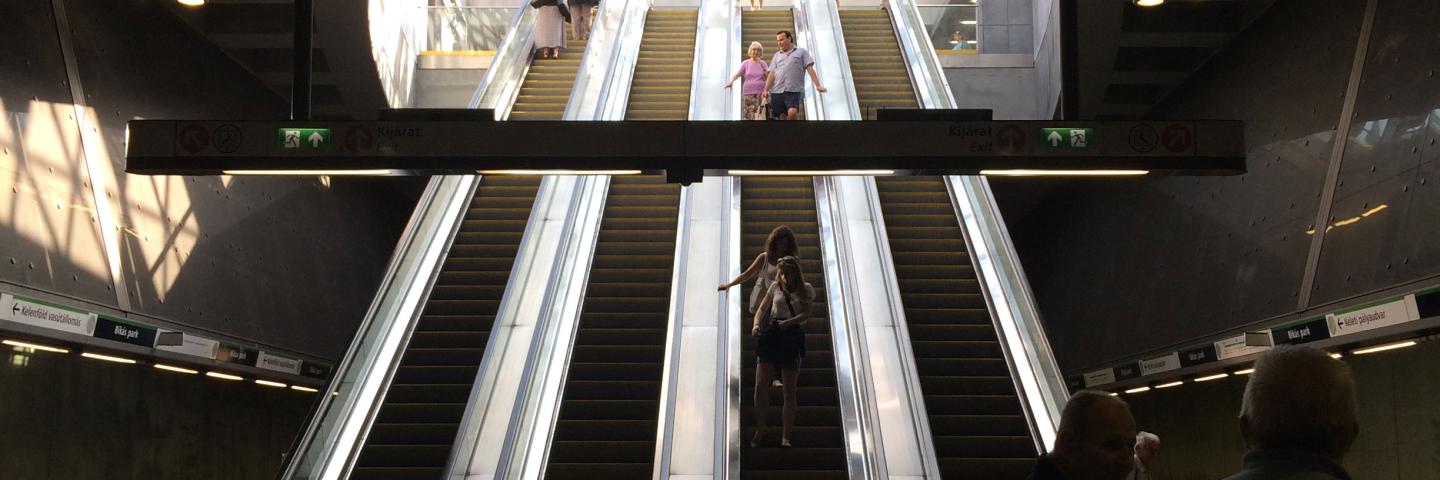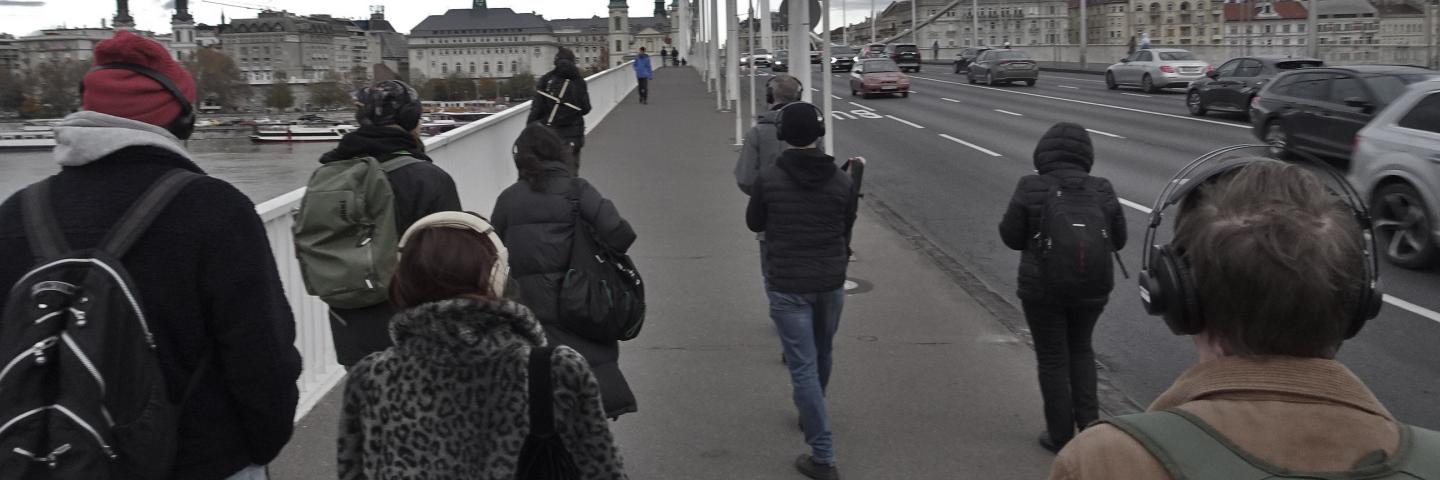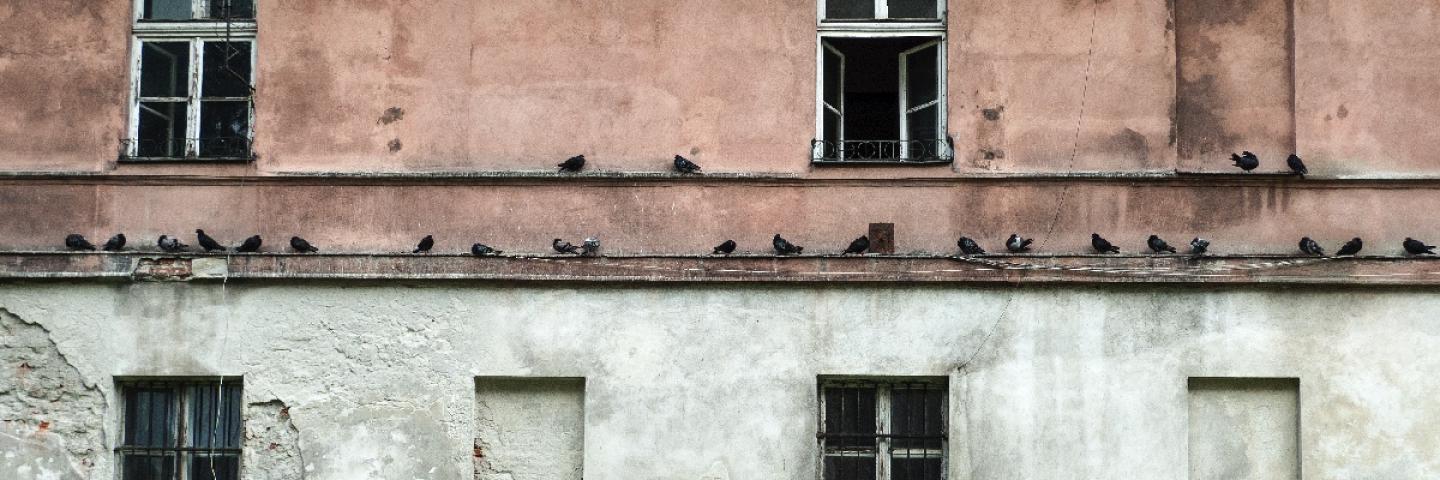Emily Thompson

Emily Thompson is a historian of technology who studies early twentieth-century America. Her research explores the cultural history of sound, music, noise, and listening, and she focuses on how these phenomena and activities intersect with technologies like the phonograph, motion pictures, and architecture. She studied electrical engineering and physics as an undergraduate at the Rochester Institute of Technology. After a brief stint as an engineer at Bell Laboratories in Holmdel NJ, feelings of humanistic frustration led her to return to school to undertake graduate work in history at Princeton University. Since receiving her PhD in 1992, she has taught at many different institutions, returning to Princeton in 2007 as a member of Faculty in the Department of History.
She is the author of The Soundscape of Modernity: Architectural Acoustics and the Culture of Listening in America, 1900–1933 (The MIT Press, 2002); co-editor, with Peter Galison, of The Architecture of Science (MIT, 1999); and co-creator, with Scott Mahoy, of the website The Roaring ’Twenties . Her current project, on the transition from silent to sound motion picture production in the American film industry, has been supported by the Academy of Motion Picture Arts and Sciences, the National Endowment for the Humanities, the Dibner Institute, the National Science Foundation, the Guggenheim Foundation, and the Institute for Advanced Study. In 2005 she was named a MacArthur Fellow.
Professor Thompson’s current research focuses upon the transformation of technical work during the transition from silent to sound motion pictures in the American film industry. Her book-in-progress, *Sound Effects *, will examine the working lives of sound engineers, editors, musicians, projectionists, and other technicians associated with the production and exhibition of films in the United States during the period 1925-1933.
*Selected Publications *
The Roaring 'Twenties, an interactive, multimedia website on Noise in New York City circa 1929 in collaboration with Scott Mahoy.
2015: Citation for Best Historical Materials, American Library Association, Reference and User Services Association
2014: Award for Innovative Use of Archives, Archivists Round Table of Metropolitan New York
Remix Redux, Cabinet 36 (Fall 2009): 23-28.
The Soundscape of Modernity: Architectural Acoustics and the Culture of Listening in America, 1900-1933(link is external) (The MIT Press, 2002).
2005: Edelstein Prize of the Society for the History of Technology
2004: Marc-Auguste Pictet Prize of the Société de Physique et d’Histoire Naturelle de Genève
2003: John Hope Franklin Prize of the American Studies Association
2003: Lewis Mumford Prize of the Media Ecology Association
2002: Science Writing Prize of the Acoustical Society of America
“Elegantly written and wonderfully engaging ... a path-breaking account of the technology, architecture and culture of acoustics in the early 20th century.” Leon Botstein, Los Angeles Times “A historical tour de force ... as accessible in its technical content as it is provocative in its cultural interpretations.” Daniel Kevles, New York Review of Books “What Emily Thompson achieves so impressively ... is an evocative reconstruction of American audio life in the first third of the twentieth century. ... The significance and poetry of her account steals up on you.” David Toop, Bookforum
The Architecture of Science, co-edited with Peter Galison (The MIT Press, 1999).
“Wiring the World: Theater Installation Engineers and the Empire of Sound in the Motion Picture Industry, 1927-1930, pp. 191-209 in Veit Erlmann, ed., Hearing Cultures: Essays on Sound, Listening, and Modernity(link is external) (Berg, 2004).
“Machines, Music and the Quest for Fidelity: Marketing the Edison Phonograph in America, 1877-1925,” Musical Quarterly 79 (Spring 1995): 131-171. Inspired Tone Test, a chamber opera by Nicholas Brooke which held its world premiere at the Lincoln Center Festival, July 2004, New York. 1996 Honorable Mention for Excellence in Recorded Sound Research, Association for Recorded Sound Collections.


















